|
Getting started A little garden lies nestled deep in the hills of the San Pablo ridge in the East Bay township of Orinda, California, surrounded by dense alpine trees like Sequoia and Coast Redwood as well as other native species like Sycamore, Oak, Adler and Cottonwood. It is this little piece of heaven that is home to one of earth's smallest avian residents, the hummingbird. To the uninformed eye you will not see them. Larger birds like hawks, falcons, crows and seagulls dominate the skies. You can see these bigger species perched high on the topmost branches of the conifers and maple trees as they survey their territory. Smaller birds occupy what I call the intermediate skies, the high branches of the trees and the tall rhododendron and huckleberry bushes, plucking at the seasonal fruits and harassing the flying insects out of the sky. But deep within these very same trees and bushes lives earth's tiniest, and fastest, bird, their shrill high-pitched screech audible to even near-deaf ears as they playfully streak in and out of the undergrowth, sometimes zooming vertically at gravity-defying heady speeds faster than human eyes can track them, and the next instant, changing course against double-digit g-forces to fly away horizontally, all in a matter of a few seconds. I had no idea they lived here in any numbers but I had seen them in and around the Bay Area previously so I hoped some might be living in these hills. My 11 year old daughter and I went out and bought a feeder, the only design we found at the local store, and a small packet of colored sugar crystals that said on the packet was a hummingbird's preferred "nectar" when mixed with water. The standard process to create the nectar is one cup sugar and four parts water; easy! My able assistant and I did as directed and filled the feeder to about one third full and hoped that was enough for these littlest of birds. I hadn't really seen one up close so I had no idea how much they would consume. Hanging the feeder was easy. Just hammered in a nail on the wooden roof hanging and hung it. I hoped that would work. All this effort without seeing a single little bird around me. It was like they were the invisible pixies of the forest. The Europeans first thought they were something between an insect and a bird, they were that tiny. The native Taino Indians considered them to be a sacred pollinator, whose mission it was to bring abundance to life. Since hummingbirds are only found in the Americas they are totally absent from European and Asian written texts or myths so no mention of them in folklore aside from those found in the Americas. This bird just does not exist in any other continent. The camera and the glass I have a 10 year old Zuiko 75-300 mm four-thirds zoom lens(150-600 35mm equivalent) fitted with an adaptor to my Olympus OM-D E-M5 lens. I thought this might do the trick for now. As I stood outside on the first day of hanging up the feeder, the minutes ticked by. It was a cold morning in the Bay Area but the sun was out so conditions for my aging lens were decent. I sat and waited. 30 minutes had ticked by and I was beginning to wonder whether any hummingbird lived in the area at all. But I also wondered how they would be able to sense that I had kept out the nectar for them. The valley in front of the garden was big with many houses and often dense shrubs and many large trees. It might be like finding a needle in a haystack for these little things. But I also felt good that I had hung the feeder in the right place, easily viewable for large distances. I was keeping my eye on the feeder one minute and the very next I suddenly saw not one, but three little "moths" hovering around. My hummingbirds had arrived! I immediately faced my next challenge. My family thought I had gone nuts and my Zuiko lens thought I had asked it to photograph an elephant, it was that slow! The aging lens just could not track the birds! My daughter just could not understand what the fuss was all about! Daughter I could handle (funny how a glare always works!) but glaring at my lens had none of the desired effect! By the time the autofocus managed to lock on precious seconds had passed and the hummingbirds were history! But I was excited! If three birds could find the feeder within 30 minutes of my hanging it up then more would surely find their way. I was not disappointed! Within 20 minutes one more arrived and hovered around the feeder. They had yet to drink anything but they were possibly checking out this surprising new watering hole. I tried a few shots but they were blurry and dark. It was evening and the sun was setting but these were test shots and I was happy. I downloaded the images into my laptop and marveled at their beauty. The images were crappy in the low light but I edited them into black and white pics and I was confident the family would be thrilled. They were not! I tried to explain that these were the first few shots and it was remarkable that I had actually managed to click these amazing birds since they were zipping around so fast. That, it was remarkable that my old lens could even view them. The family wouldn't budge! They did not like the artsy rubbish I had created. They wanted to see the birds in color!! Really?? The letdown, then euphoria When I looked at the images I knew that my lowest ISO of 5.6 at the highest zoom of 600mm and high shutter speed of 1/4000 sec just did not give me enough light. Shoots in the evening just would not work so I had to take shots in the morning. But evening is when all birds are most active and so I would have to lose this element. The low light was also making it difficult for my lens to focus and lock on fast enough on the birds. They were so small (just a bit larger than a large moth) that the adaptor on my camera was drastically slowing me down making it almost impossible to take shots of any quality. The next morning was bright and sunny and since the garden faced east the spring sun brightly lit up the feeder. I was thrilled and so waited, camera in hand as the minutes ticked by. No hummingbirds came and it was disappointing. I later realized that hummingbirds feed on nectar later in the morning, possibly when the day heats up and they need to increase their liquid intake. Then I hit jackpot! At about 10:30 AM, after a 2 hour wait, the first batch flew in. Through my tiny digital eyepiece (the OM-D is mirrorless so the viewfinder is digital) I saw that the first hummingbird had a reddish-orange color around the neck. Details could not be made out but the light was perfect on the little bird and I clicked away. This lot flew away after about 5 seconds of feeding frenzy. Within 15 minutes another one flew in. Its necked looked magenta in color and as it fed a third one flew in and hovered. I could clearly make out its body as it shone green and grey in the sun. The colors were incredible and I kept clicking away. I later read that the orange/red hummingbird was an Allen's Hummingbird and the one with the magenta neck was an Anna's Hummingbird. It was exciting to see two different species living within such proximity and I knew now my location for the feeder was perfect. The hummingbirds obviously had a fantastic sense of smell and sight that helped them discover my feeder so quickly! Working through technology I identified a few problems that persisted. I was still too far away from the feeder and even with my 600mm zoom the birds were too small so I had to crop the images to get them larger. Also, at 1/4000th of a second the ISO had to be set too high at 2000 to get more light in which resulted in high noise. Still, I was thrilled with my results and the family gave better reviews this time. Artsy-fartsy BW images just don't work with them! I decided the next weekend to try and edge a bit closer if the birds would permit. This would allow me to get larger images of the birds and possibly lower the ISO to about 800. I had to maintain the same shutter speed of 1/4000s to get a freeze on the wings so still faced the same challenges with speed and light. Luck did not favor me. The birds, after their initial excitement with the feeder decided that they could not allow a human being edge that close to them. They disappeared and the orange-tinged Allen's Hummingbird never came back till date. I read that hummingbirds are very territorial and perhaps the family of Annas chased away the Allen's. Or perhaps it might be because I changed the sugar water from the red-dyed to natural cane after reading that the red dye potentially harms the little things. The hummingbirds obviously pooh-poohed the environmentalists and flew away. Patience pays Waiting for minutes and hours in the sun gave me an opportunity to look at the other creatures in this little garden in the hills. The busy little Western Fence Lizard family aggressively fed on insects in the morning and the male actually had an impressive turquoise blue plumage that could only be seen up close. I got a good shot of them mating but the female did not appear too thrilled with the ritual. The Western Bluebird, noisily attacking the huckleberry bush in the fall, were now returning in small numbers. The Bluejay loved the hanging bird feeder and would give it a flying kick to dislodge the seeds and would snap them up from the grass as these fell. The bird bath however lay empty as perhaps it was still too cold for a dip. I waited patiently every weekend and it was always a thrill each time a hummingbird flew in. They would suddenly appear out of nowhere and I was ready for them, camera on and focused. I managed to get closer till I was about 10 feet away and that gave me better visuals. Each 5 second visit resulted in about 20-30 shots out of which 95% were blurry and one or two came out great. Those two made the wait all worth it for me. As I parsed through the images their vivid detail was mesmerizing! I realized through this that a third species had come visiting, the Black-Chinned Hummingbird. One could easily mistake the female from the female Anna's Hummingbird as they had similar dirty grey and green plumage with the immatures having specks on their body. "Lemon" became a frequent visitor and her name was given by my daughter. I initially called her "Yellowstone" but my daughter said that Lemon was a better more girly name! She is most likely a female Anna's Hummingbird and her tell-tale yellow mark on the beak clearly identifies her every time she visits. She was also one of the early visitors when I first hung the feeder up so its heartening to see she has appreciated the quality of the feed I've been dishing out every week. No better judge of quality than a returning customer! Beyond Limits By now I was getting frustrated by the image quality. The shutter speed was perfect but the images were too grainy so that meant I had to reduce ISO further from 1200 to possibly below 800. That meant I had to get even closer as my aperture at 5.6 was at the lowest point possible with my zoom lens. That, or I had to buy a new (and much more expensive) lens. More on that purchase later. I decided that I could risk getting to within 10 feet of the feeder while the hummingbirds were docked and feeding. This would mean that they would be concentrating on the nectar and I could use this opportunity to sneak in closer. I would get no more than 2-3 seconds to do this as the feeding frenzy seldom lasts more than 8-10 seconds. If the sugar water I had prepared was good then the birds would feed longer. If it was not as good, or spoiling in the heat (which happens after five days), then the feeding frenzy would last 3-4 seconds. That was my observation. That week, my preparation was obviously good as the visiting black-chinned hummingbirds appeared more playful than usual and I had some great shots capturing them. I was able to do this with the ISO at 800 and even went down to 500 when the sun shone brightly on the feeder. As a result, I got some great shots and have proudly displayed them below. A new purchase...and happiness I knew that I had reached the limit of my lens and would either continue taking similar shots forever or look for something better. A visit to a camera shop in Berkeley resulted in my dishing out $1500 (after taxes) for a truly remarkable piece of glass, the Zuiko micro four-thirds 70-150 F2.8 fixed aperture lens (140-300 mm 35 mm equivalent). I've been waiting for this for over 4 years and after using my 150-600 lens for close to 10 years, the time had come. I knew this lens would be a game changer for me at my skill level and I was ready for it. But the ever unpredictable hummingbirds were determined to test my patience. The first weekend after the purchase, I sat outdoors for 2 hours and barely managed to get one chance at shooting these amazing pixies! I had to wait another week before I got another chance and the following Saturday, the garden was visited by a near-adult Anna's Hummingbird with gorgeous magenta plumage on full display! I also managed, for the first time, to get a few shots in the fading evening light of a hummingbird feeding from flowers in the garden. The new lens worked beautifully well and I managed to get some 200 shots with 10-12 pics I could be satisfied with. It was a great start! For the geeky-minded, the shots above maintained shutter speed at 1/4000 and max zoom at 150mm (300mm 35mm equivalent) but the true differentiator was the aperture at F2.8. Since the zoom wasn't as good as my 600mm on the older lens I still had to get closer and crop it small, but the sharpness and speed of the Zuiko lens is unbeatable. Its really silent too and that allowed me to get close enough. The only marginal downside is that its heavier than my 75-300 lens but still light enough to hold it for extended time without the need for a tripod. You can't beat that, as similar lens from Nikon and Canon are the size of a minibus!
0 Comments
|
AuthorI'm a travel junkie, photographer and a newbie blogger. More coming soon! TRAVEL DEALSArchives
May 2018
|










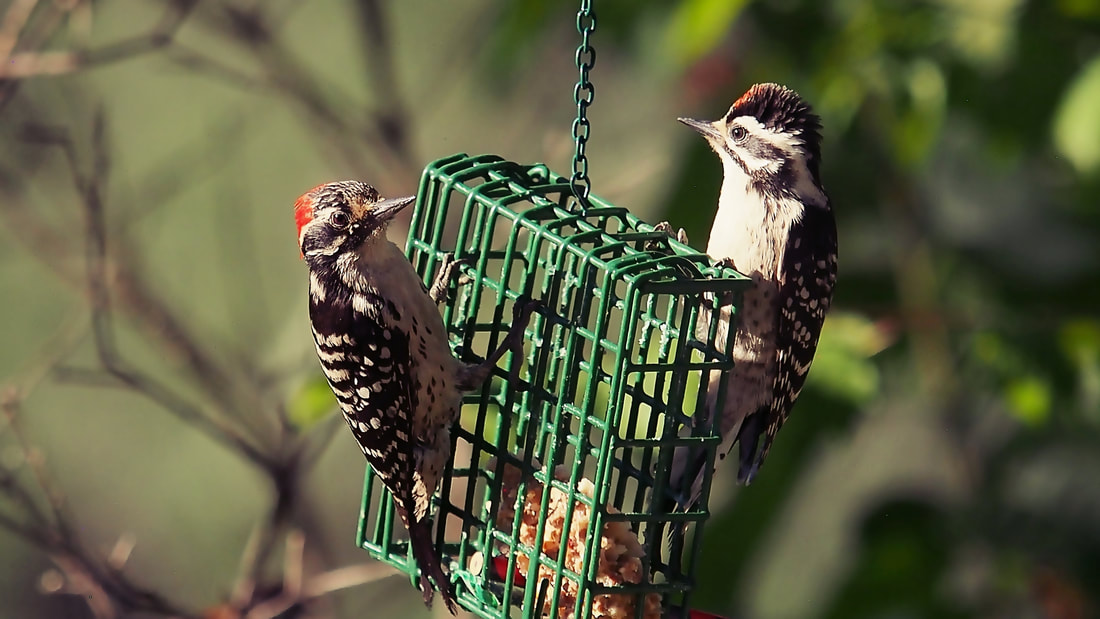



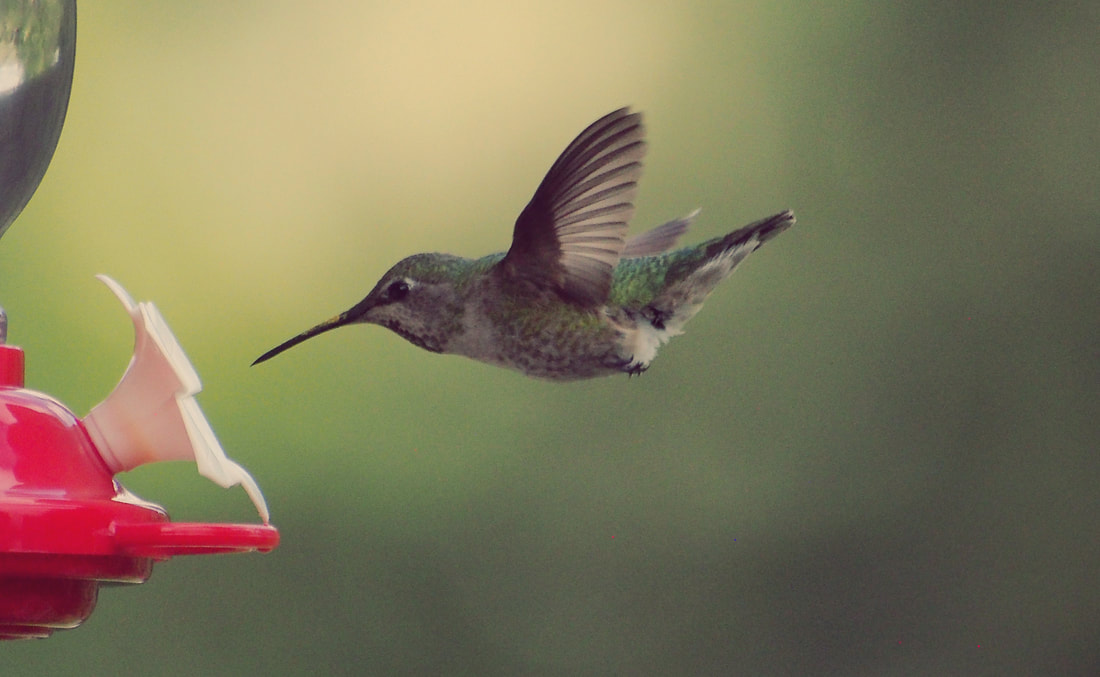



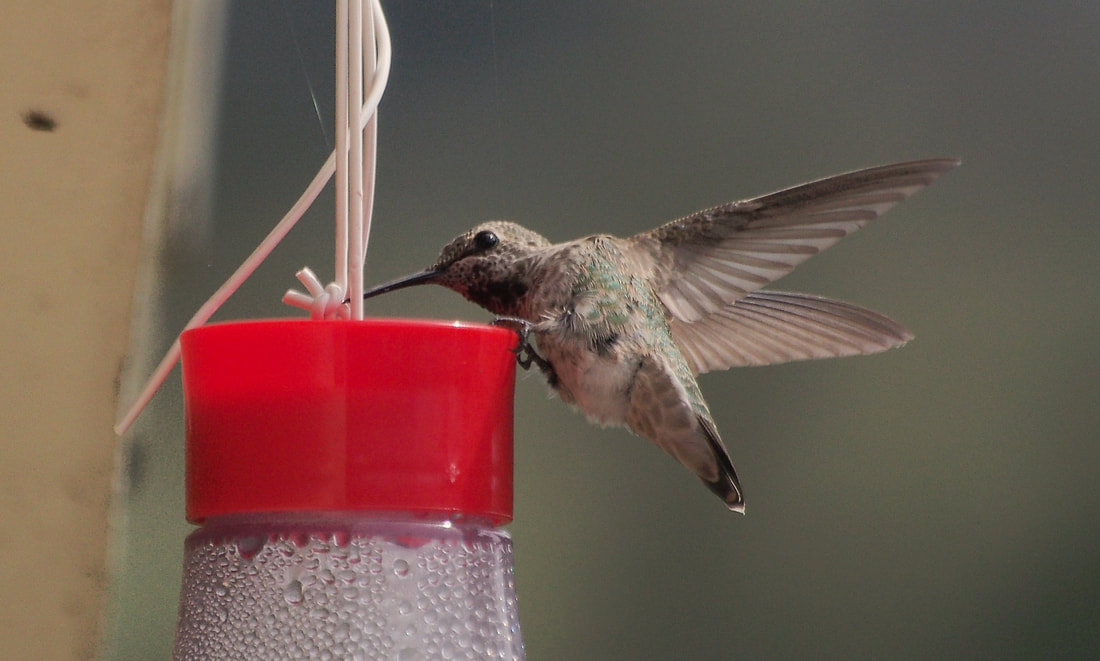







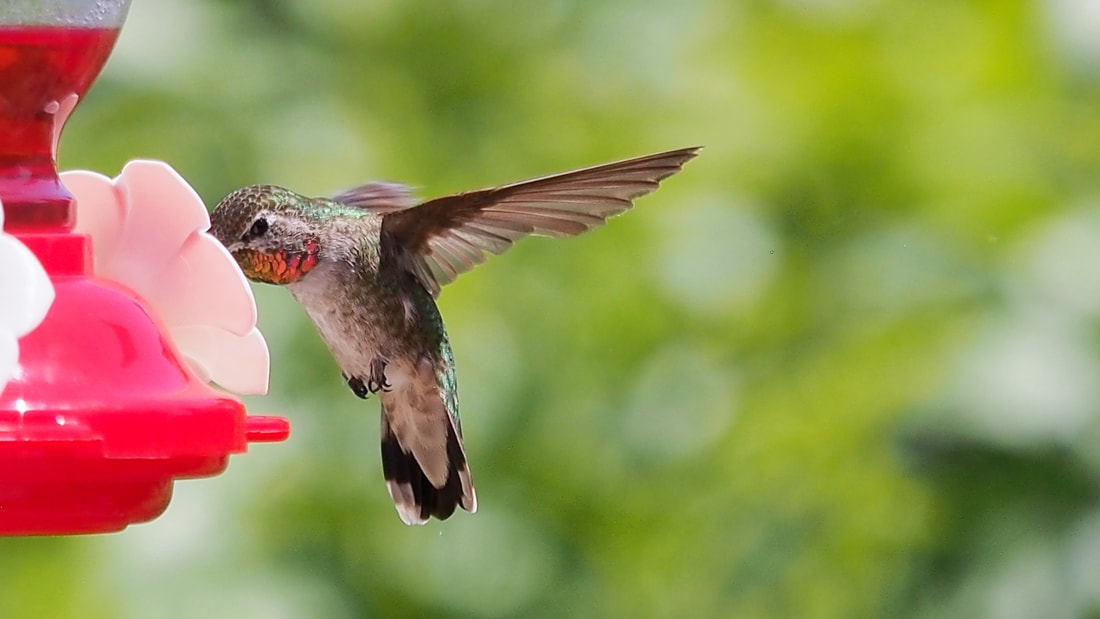



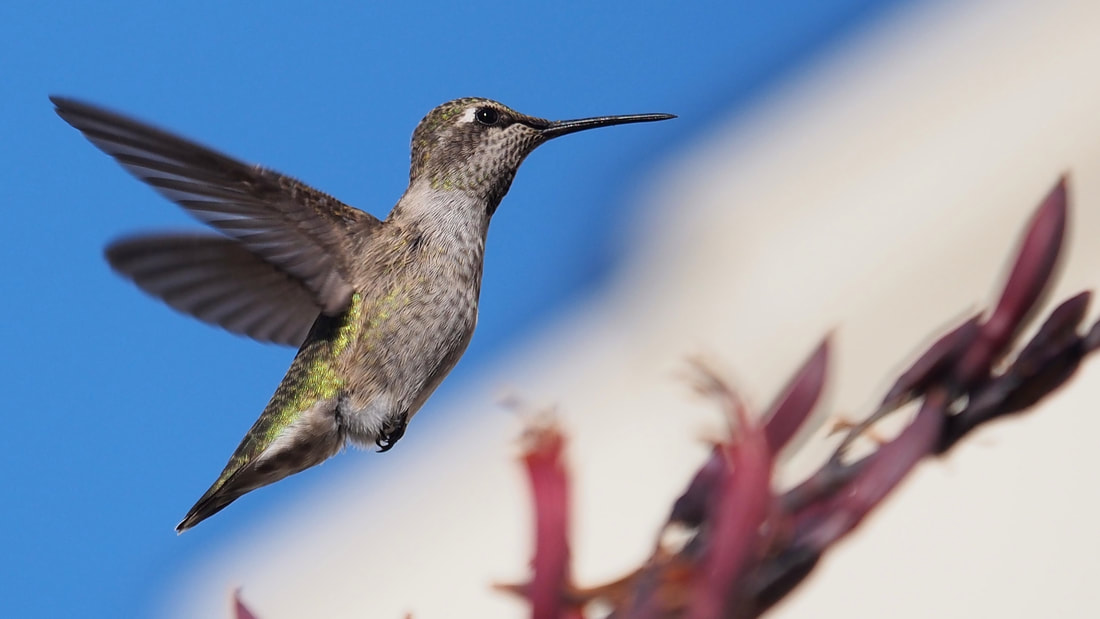

 RSS Feed
RSS Feed
